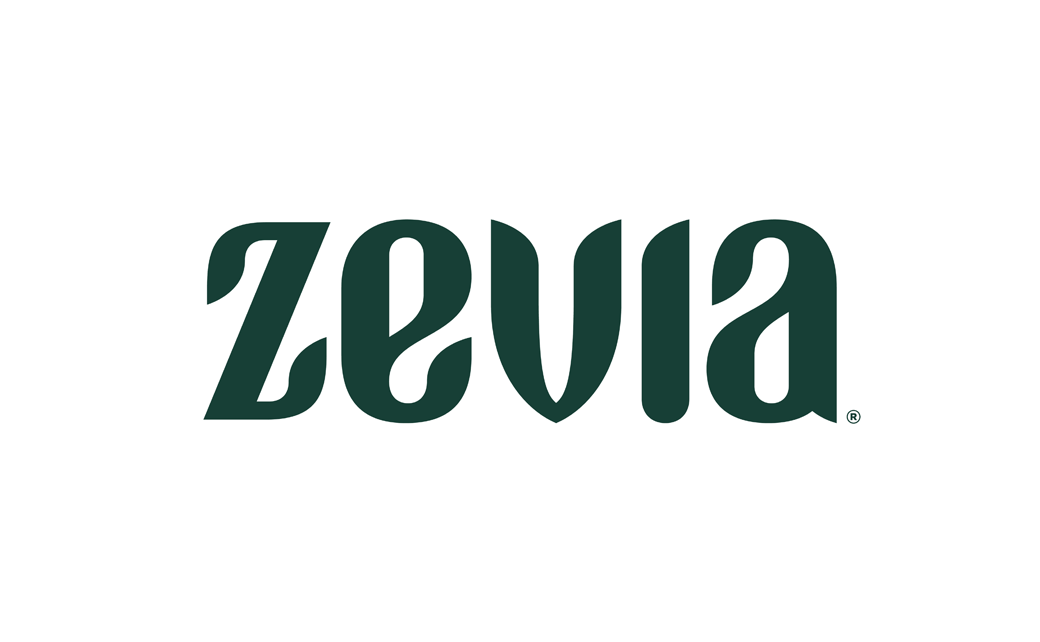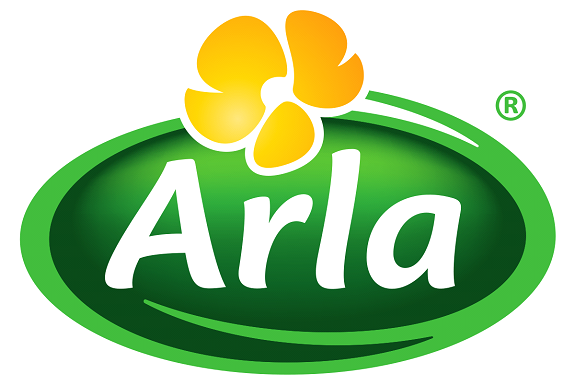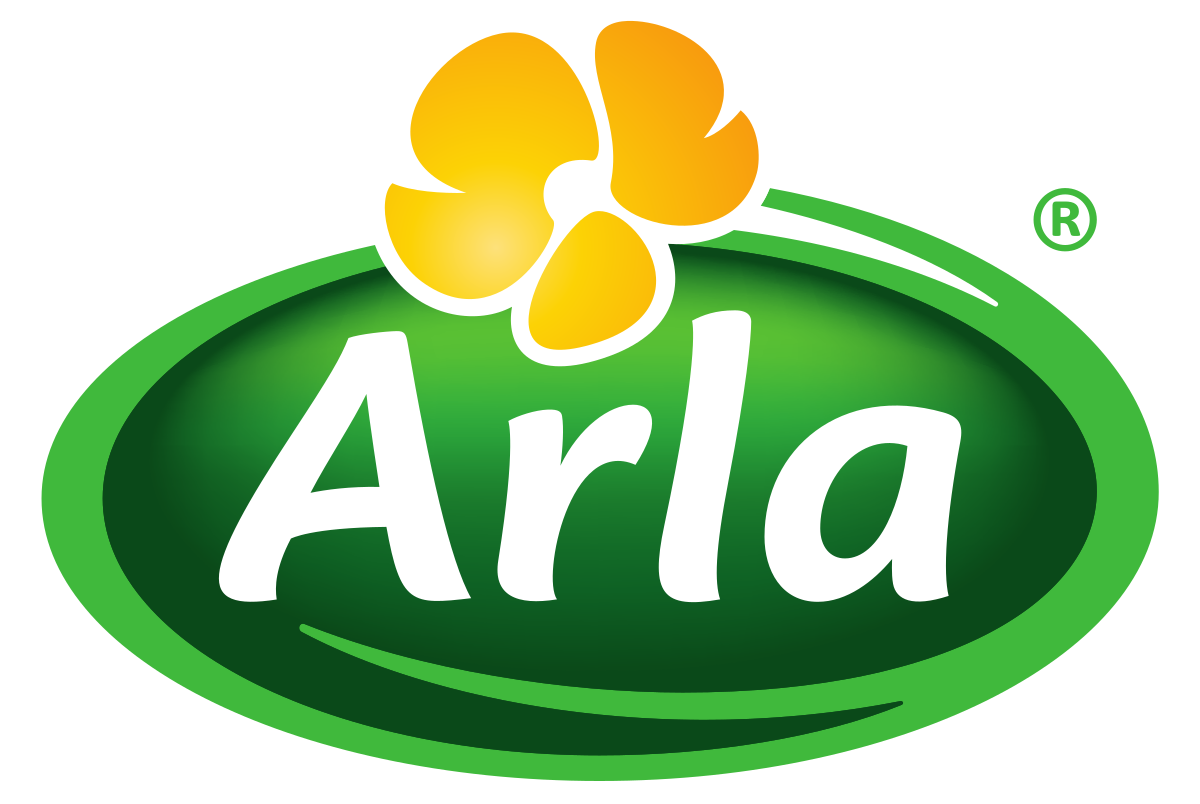The Rise of Low- and No-Alcohol Beverages
The rise of low- and no-alcohol beverages has been a recent trend that has been gaining popularity.
With the increased focus on health and wellness, consumers are seeking beverages that are low in alcohol content, low in calories, and low in sugar. The wine and spirits industry has taken note of this trend and has responded by offering a variety of low- and no-alcohol beverages.
The trend towards these beverages is not just a passing fad. In this article, we will explore the reasons behind the rise in this trend and its benefits.
Reasons behind the rise of low- and no-alcohol beverages
There are several reasons behind the rise of low- and no-alcohol beverages. Firstly, health and wellness have become a priority for many consumers. People are becoming more health-conscious and are looking for ways to reduce their alcohol intake. Secondly, people are also becoming more mindful of their calorie and sugar intake. Low- and no-alcohol beverages offer a healthier alternative to traditional alcoholic beverages.
Furthermore, the trend is also driven by changing social attitudes towards alcohol. In the past, alcohol was seen as an essential part of socializing and celebrations. However, today, people are choosing to socialize and celebrate without it. This has led to an increased demand for low- and no-alcohol beverages.
Benefits of low- and no-alcohol beverages
There are several benefits of low- and no-alcohol beverages. Firstly, they offer a healthier alternative to traditional alcoholic drinks. They can be lower in calories and sugar, making them a better option for those who are looking to maintain a healthy lifestyle.
Secondly, they are more inclusive. They can be enjoyed by those who are not able to or choose not to consume alcohol. This makes them an excellent option for social gatherings where people of all ages and lifestyles are present.
Thirdly, many people now choose alternate low- and no-alcohol beverages versus traditional alcoholic drinks as a way to reduce their overall alcohol consumption. This is known as “mindful drinking” and is becoming increasingly popular among consumers. By alternating between low- and no-alcohol beverages and traditional cocktails, consumers can still enjoy the taste and experience of a cocktail while reducing their alcohol intake.
Up-and-coming low- and no-alcohol beverage companies
Up-and-coming low- and no-alcohol beverage companies have taken note of this trend and are staying competitive with traditional alcoholic beverage brands. A great example is Athletic Brewing. They use an innovative, proprietary method of brewing beer without alcohol, creating a lineup of non-alcoholic craft beers that don’t compromise on taste. Due to their proprietary brewing process, they continue to win numerous awards when up against full-strength beers.
Another noteworthy company is Spiritless, a distilled non-alcoholic spirit for bourbon cocktails. Their proprietary reverse distillation process led them to be named the Best Non-Alcoholic Spirit and to win a gold medal in the second annual L.A. Spirits Awards. Their non-alcoholic spirit also caught the attention of the Today Show hosts and were featured on the show.
Conclusion
In conclusion, the rise of low- and no-alcohol beverages is a trend that is here to stay. The products on the market offer a variety of options to cater to the changing tastes and preferences of consumers who are looking for healthier, more inclusive, and versatile beverage options.

















